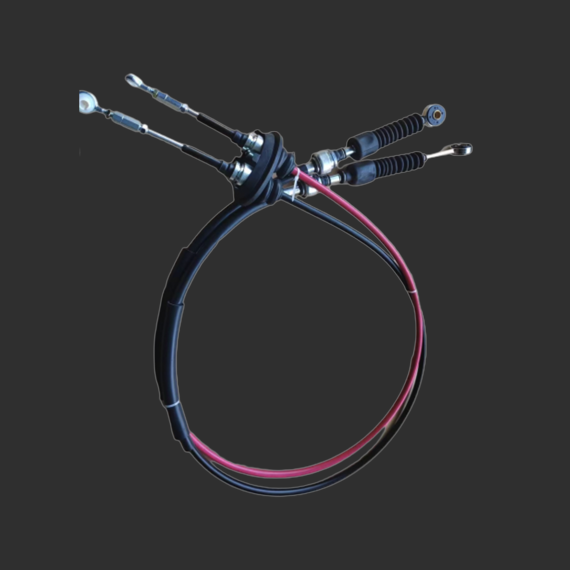broken gear shift cable
Understanding the Impact of a Broken Gear Shift Cable
The gear shift cable is a crucial component of a vehicle’s transmission system, responsible for linking the gear shifter inside the car to the transmission itself. When this cable functions correctly, it allows for smooth shifts between gears, ensuring seamless transitions while driving. However, when the gear shift cable becomes damaged or breaks, it can lead to a host of mechanical problems, leaving drivers frustrated and potentially stranded. In this article, we will explore the signs of a broken gear shift cable, the causes of this failure, and the necessary steps for diagnosis and repair.
Signs of a Broken Gear Shift Cable
Drivers may encounter various symptoms indicating a malfunctioning gear shift cable. One of the most common signs is difficulty in shifting gears. If the gear shifter feels loose or doesn’t respond as it should, it may be a clear indication that the cable has frayed or broken. In some cases, the vehicle may become stuck in one gear, usually in either park or neutral, making it impossible to change to drive or reverse.
Another telling sign is unusual noises coming from the area around the shifter or transmission. Drivers might hear clunking, grinding, or clicking sounds, often correlating with unsuccessful attempts to shift gears. Additionally, dashboard warning lights might illuminate, particularly when there are issues with the transmission system.
Causes of Gear Shift Cable Failure
Several factors can lead to a broken gear shift cable, with wear and tear being the most prevalent. Over time, constant use can degrade the cable, leading to fraying or complete failure. Environmental factors, such as exposure to extreme temperatures or road salt, can exacerbate the deterioration process. Regular maintenance can help to extend the life of these cables, but neglect can lead to sudden failures.
Corrosion is another common culprit behind gear shift cable issues. If moisture seeps into vulnerable areas, it can lead to rust, compromising the cable’s integrity. Poorly aligned or malfunctioning transmission components can also cause undue stress on the cable, increasing the likelihood of a break.
broken gear shift cable

Diagnosis and Repair
Identifying a broken gear shift cable generally requires a thorough inspection by a qualified mechanic. The technician will start by assessing the gear shifting mechanism, checking for any visible wear, fraying, or disconnection of the cable. They will also inspect the transmission for any related issues that could have contributed to the cable failure.
If a break is confirmed, the solution is usually straightforward the gear shift cable must be replaced. This process can vary in complexity depending on the make and model of the vehicle, but it typically involves disconnecting the old cable and installing a new one in the same position. After replacement, the mechanic will conduct tests to ensure that the gear shifter operates smoothly and that the vehicle shifts effortlessly through all gears.
Preventative Measures
To help avoid future occurrences of gear shift cable issues, regular vehicle maintenance is essential. Routine inspections, particularly of the transmission and shifting mechanisms, can catch potential problems early. Keeping the vehicle clean, especially underneath, can also help prevent rust and corrosion.
Moreover, if a driver notices any signs of shifting distress, such as unusual noises or difficulty in changing gears, it’s crucial to address these symptoms immediately. Early intervention is often far less costly than waiting for a complete failure, which could result in more extensive damage to the transmission system.
Conclusion
A broken gear shift cable can significantly hinder a vehicle’s operation, making it essential for drivers to understand the signs of failure and the importance of regular maintenance. By being aware of the potential issues and seeking timely repairs, vehicle owners can ensure their cars remain in optimal condition for safe and reliable driving. Always remember, prevention is better than cure; taking proactive steps can prolong the life of your vehicle's components and enhance your overall driving experience.
-
Workings of Clutch Pipe and Hose SystemsNewsJun.04,2025
-
The Inner Workings of Hand Brake Cable SystemsNewsJun.04,2025
-
The Secrets of Throttle and Accelerator CablesNewsJun.04,2025
-
The Hidden Lifeline of Your Transmission Gear Shift CablesNewsJun.04,2025
-
Demystifying Gear Cables and Shift LinkagesNewsJun.04,2025
-
Decoding Clutch Line Systems A Comprehensive GuideNewsJun.04,2025
